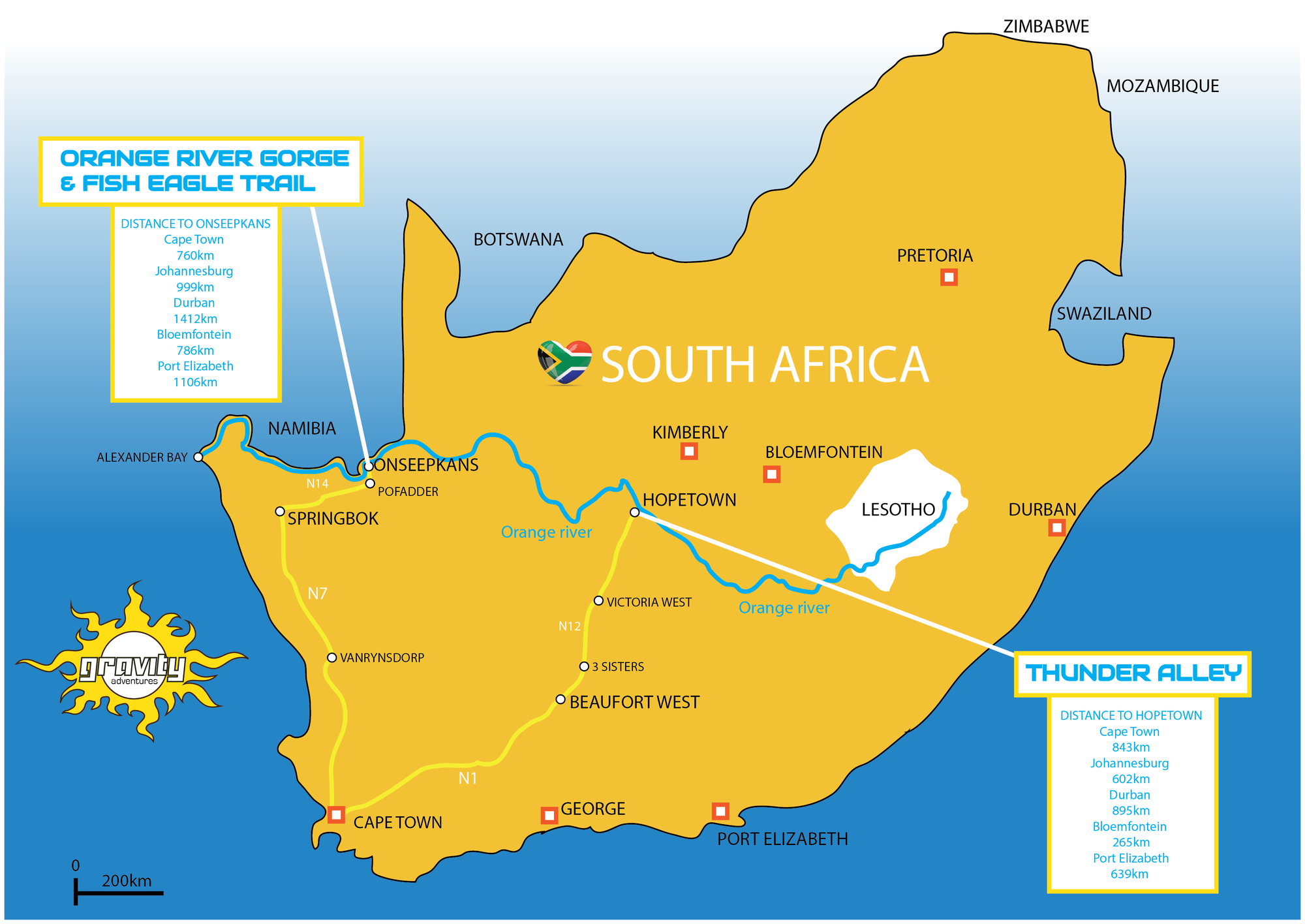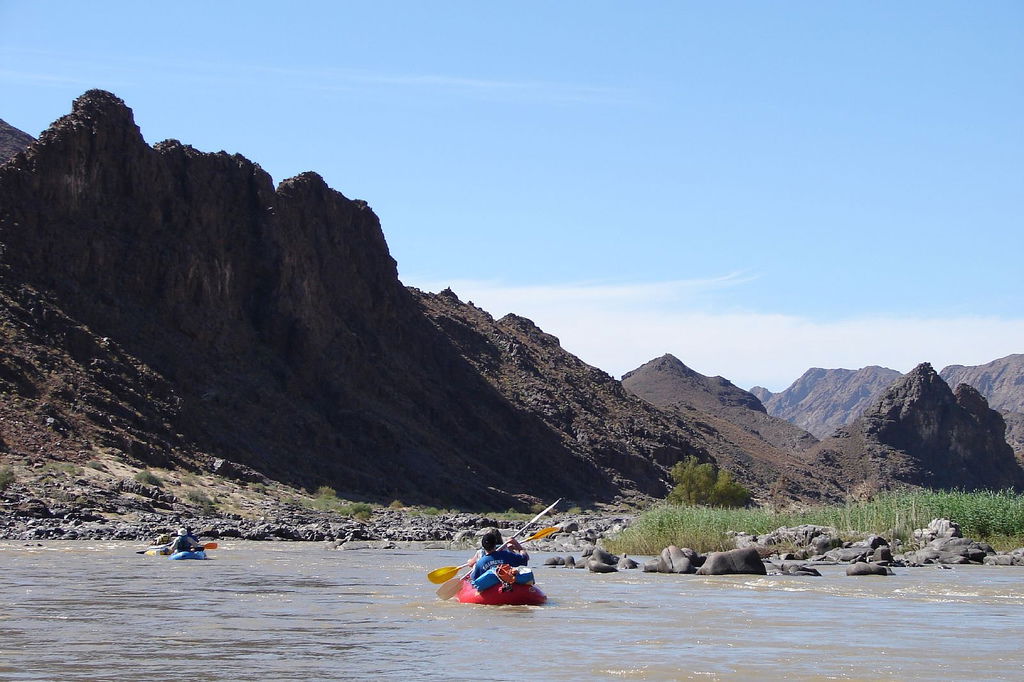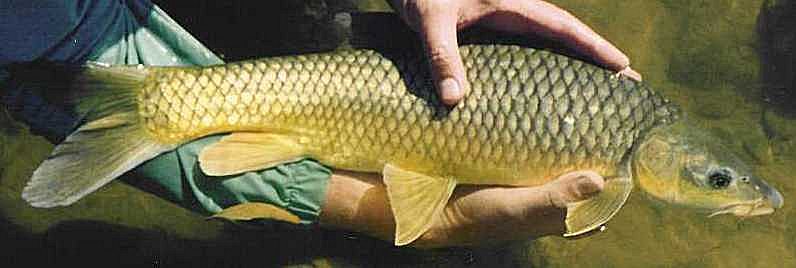Orange River
Most probably the longest river in South Africa, it originated in Lesotho were it is known as Senqu flowing westward to feed the Atlantic ocean at the same time forming the border between south Namibia and South Africa.

The Orange empties into the Atlantic Ocean between the small towns of Oranjemund (meaning "Orange mouth") in Namibia and Alexander Bay in South Africa, about equidistant between Walvis Bay and Cape Town.
The river has a total length of 2,200 km (1,400 mi).
Naming the river
The earliest precolonial inhabitants called the river Gariep. An early Dutch name for the river was Groote Rivier meaning "Great River". The river was named the Orange River by Colonel Robert Gordon, commander of the Dutch East India Company garrison at Cape Town, on a trip to the interior in 1779. Gordon named the river in honor of William V of Orange. A popular but incorrect belief is that the river was named after the supposedly orange color of its water, as opposed to the color its tributary, the Vaal River (vaal being Afrikaans for pale or grey). Since the end of apartheid, the name "Gariep" has had greater favour in official correspondence in South Africa, although the name "Orange" has greater international recognition. In Lesotho, where the river rises, it is known as the Senqu River.
Renaming the river
Talks are under way to rename the whole river as Senqu or IGqili because the native people that have history with the river believes that the name "Orange" is associated with history of colonialism and that has no place under the current democratic dispensation.
Economical benefits
As the collection point for the majority of South Africa's water, the Orange River plays a major role in supporting agriculture, industry, and mining. To assist in this, two large water schemes have been created, the Orange River Project and the Lesotho Highlands Water Project. Historically, the river played an important role in the South African diamond rush, with the first diamonds in the country being discovered in alluvial deposits on the Orange. Today, several commercial diamond mines operate along the final stretch of the Orange River and around its mouth. During the apartheid era Namibian men spent 6-12 months working at Orangemund at diamond mines. Some geologists believe that these diamonds were washed from the inland to the mouth of the river that is why some diamonds can also be found in the Atlantic ocean around the Orangemund.
Finally, because of the lack of dangerous animals and high water levels during summer, the river is used for recreational canoeing and rafting. Orange River rafting has become very popular with many companies using their camps along the river from which to operate.

Sight-seeing
Apart from canoeing and rafting activities, travellers has a chance to see 16 species of fish. Three of these, the common carp, the Mozambique tilapia, and the western mosquitofish are not indigenous.[13] Another exotic species, rainbow trout, is found in the river headwaters in Lesotho.

Above: Rafting on the Orange River is a popular tourist activity.
Below: The smallmouth yellowfish (Labeobarbus aeneus) is a popular sport fish

The Orange river has two main water falls, Augrabies Falls and Twin Falls.
Larger animals.
The Orange River has no large animals. It lies outside the range of the Nile crocodile, and although hippopotami were once abundant, they were hunted to extermination in the 1800s.
I hope you enjoyed our visit to the Orange river. For more information please visit: https://en.wikipedia.org/wiki/Orange_River
Our next destination will be the Mighty Zambesi river (where the local people call it "HOME").




